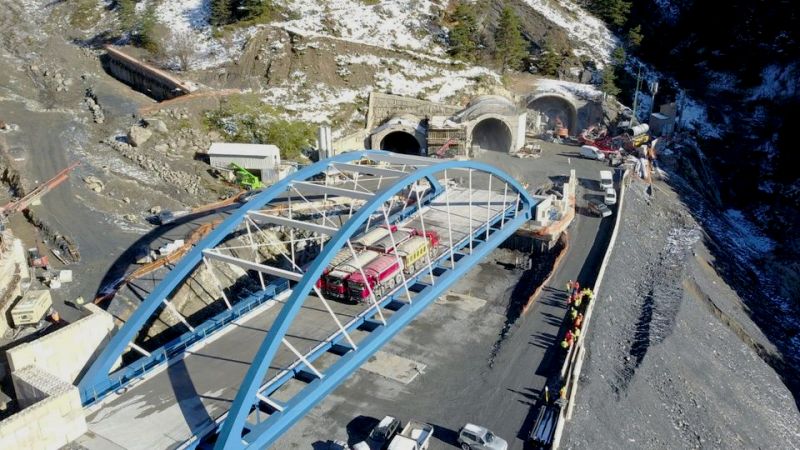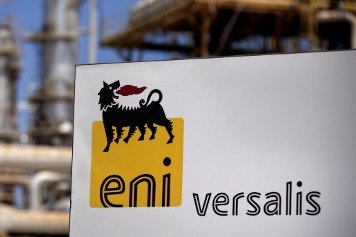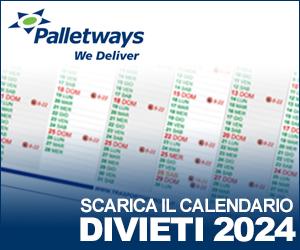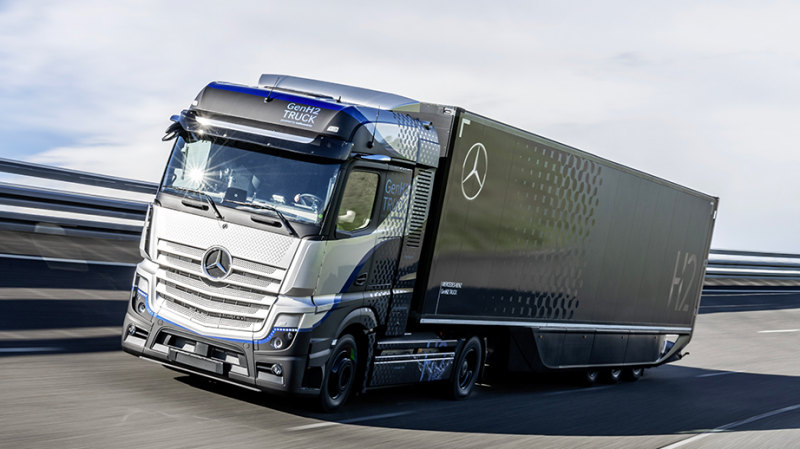In the first quarter of 2024, both spot and contract rates for road transport in Europe decreased due to weak consumer demand and reduced industrial production. The spot rate index fell to 123.9 points, 1.1 points less than the previous quarter and 8.2 points lower than the previous year. Contract rates dropped to 127.6 points, down 2.6 points quarterly and 1 point annually.
Building on this observation, the IRU has developed a forecast for the remainder of the year. Firstly, the decline in spot rates is slowing, suggesting a less negative demand that could lead to rate normalization by the year's end. Additionally, the European inflation rate in March was 2.4%, the lowest in the past 33 months, resulting in a 0.6-point increase in consumer confidence, according to McKinsey.
According to this forecast, road transport volume growth in the EU in 2024 is expected to improve by 0.4% year-on-year (up from -1.1% in 2023). This will be possible thanks to real wage growth (with slowing inflation) and a strong labor market supporting a recovery in consumption. However, this scenario is overshadowed by rising trucking costs, including tolls.
After Germany, CO₂ emission-based truck tolls are now in place in Austria, Hungary, and the Czech Republic. These tolls have led to increases of 7.4% in Austria, 13% in the Czech Republic, 40% in Hungary, and 83% in Germany. These new tolls are part of a broader initiative under the Eurovignette directive review aimed at incentivizing lower emissions, despite the lack of favorable conditions for significant adoption of zero-emission vehicles. Future toll adjustments are expected in many European countries: after Sweden, which implemented changes in May 2024, Denmark will follow next year, the Netherlands and Romania in 2026, and parts of Belgium in 2028.
Other operational costs for road transport also remain high. They are driven by factors such as vehicle maintenance, insurance, and tires. These expenses continue to rise compared to previous years, maintaining pressure on truckers. Diesel prices, which had decreased in 2023, began to rise again at the beginning of 2024. The average pump price increased by 3% by the end of the first quarter of 2024 compared to the beginning of January 2024.

































































